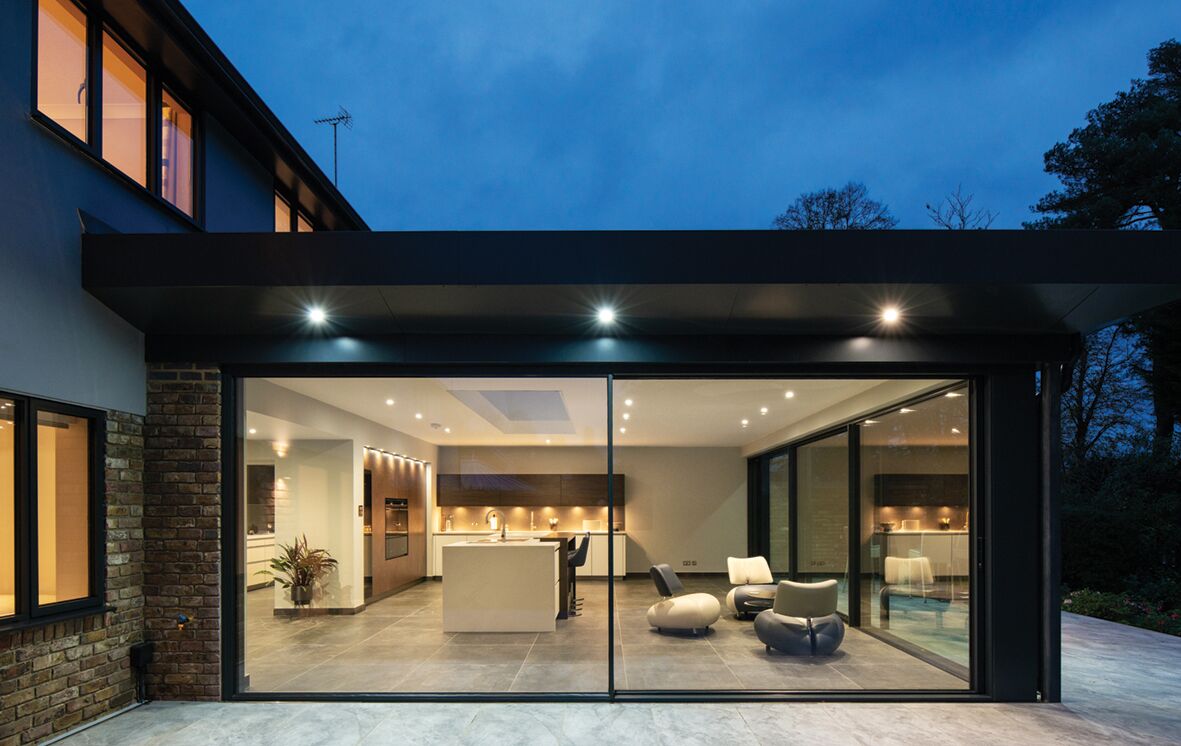
Sliding doors have become a defining feature in contemporary homes and commercial spaces. Known for their ability to merge style with practicality, they play a vital role in shaping both the aesthetics and functionality of modern architecture and interior design. More than just an entryway, sliding doors represent a seamless transition between spaces while embodying the minimalist elegance that characterizes modern living.
Enhancing Spatial Flow
One of the most significant contributions of sliding doors is the way they improve spatial flow. In modern design, the goal is often to create open, airy environments that feel expansive rather than confined. Sliding door accomplish this by eliminating the need for bulky, swinging panels. Instead, they glide effortlessly along tracks, saving valuable floor space and promoting a smooth connection between rooms. This makes them particularly useful in smaller apartments or urban homes where every square foot matters.
In larger homes, sliding doors are equally effective. They can be used to divide open-plan living areas into distinct sections without compromising the sense of openness. For example, a living room and dining room can be separated with sliding glass doors, providing privacy when needed while maintaining a visual connection between the two spaces.
Blending Indoor and Outdoor Living
A hallmark of modern architecture is the emphasis on bringing the outdoors in. Sliding doors excel in this regard, often serving as expansive glass walls that open up to patios, balconies, or gardens. This creates a seamless transition between indoor comfort and outdoor beauty, making spaces feel larger and more connected to nature.
For homeowners, this connection provides more than just aesthetic appeal. Natural light pours into the home, reducing the need for artificial lighting during the day. Views of greenery and open skies promote a sense of relaxation and wellness, which aligns perfectly with today’s lifestyle trends that prioritize mental and physical well-being.
Minimalist Aesthetics and Versatility
Modern design often embraces simplicity, clean lines, and minimal clutter. Sliding doors naturally align with these principles. Their sleek frames, unobtrusive hardware, and expansive glass surfaces make them an ideal fit for minimalist interiors. Whether finished with aluminum, wood, or modern composites, sliding doors complement a wide range of styles, from industrial lofts to Scandinavian-inspired homes.
Versatility is another advantage. Sliding doors are not limited to exterior use; they are increasingly being used indoors as well. Frosted glass doors add privacy to home offices, while wooden sliding panels lend warmth to bedrooms or studies. In business settings, like meeting rooms or stores, where flexibility and modern design are important, they can also be used as creative walls.
Functionality Meets Sustainability
Functionality is central to the role of sliding doors, but in modern design, sustainability is equally important. High-quality sliding doors are often equipped with advanced glazing and insulation technologies. These features save energy by keeping the temperature inside comfortable, which means heating and cooling systems aren’t needed as much.
Durability is also important in sustainable design. The materials used to make sliding doors are usually chosen to last a long time. This means that they are an investment that fits with life in an eco-friendly way.
A Future-Oriented Design Element
Sliding doors are likely to become even more important as building and interior design change. With smart home integration on the rise, sliding doors equipped with automated systems are becoming increasingly popular. These systems allow users to open or close doors with the touch of a button or even through voice commands, combining futuristic convenience with timeless design principles.
Conclusion
Sliding doors have transcended their practical origins to become iconic elements of modern architecture and interior design. They enhance spatial flow, strengthen the connection between indoor and outdoor environments, and embody the minimalist aesthetic that defines contemporary living. They are stylish, but they are also environmentally friendly and useful, so they will still be a good choice for homes and buildings in the future. Sliding doors continue to change how we plan and use our living spaces, whether they are used as a beautiful wall, a striking glass wall, or a simple but stylish room divider.